Beginning of a new way of life
Beginning of Farming and Herding
Around 1200 years ago when they environment began to change, people started learning about growing crops, the seasons in which they ripe, the process of growing them.
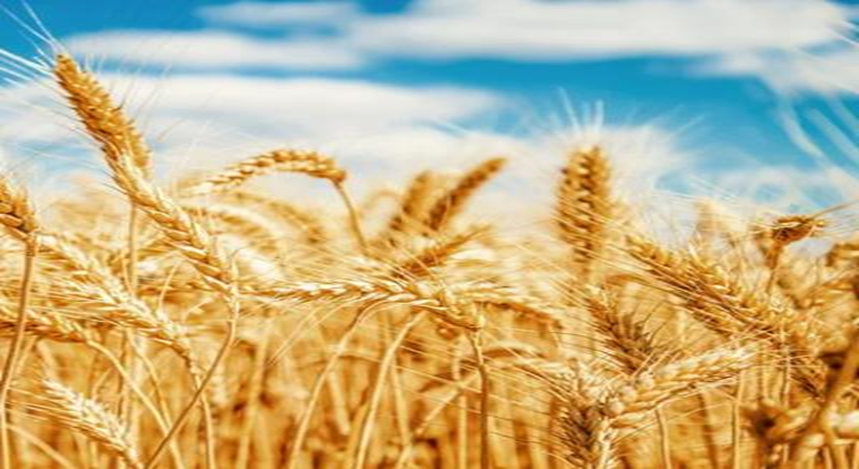
The earliest crops grown by them were wheat ,rice ,barley. Men ,women children all got involved in collecting them and they studied how they can grow crops and when they get ripe. This is how they became farmers.
People learned to tame animals by leaving some food in front of their shelters. The first animal to be tamed was the wild ancestor of dog.
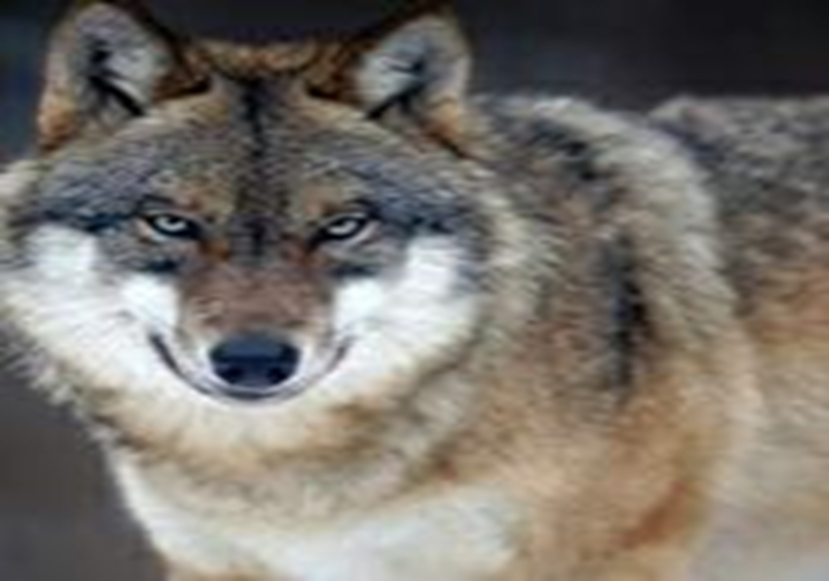
Animals such as sheep , goat, cattle and even pig lived in herds and ate grass People protected animals from wild animals and this is how they became herders.
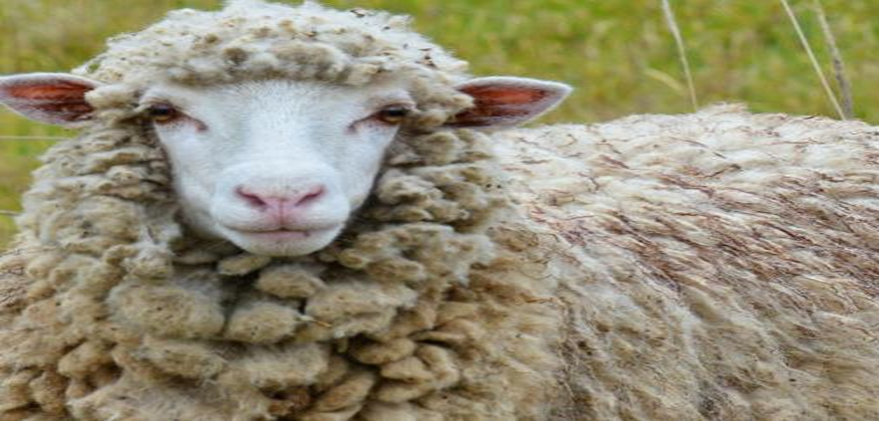
Around 12,000 years ago the process of domestication began .The process of domestication was a gradual process . You will be amazed to know that the plants that we eat today the crops that we eat today and the animals that we keep as pet in our homes are the results of domestication itself. The earliest animals to be domesticated were sheep and goat while the earliest known plants to be domesticated were barley and wheat.
Domestication is a process in which people grow crops and look after animals. People normally selected plants that could yield good quality grain. Among animals the gentle ones were selected for breeding. This is the reason that domesticated animals and plants seemed different from wild animals and wild plants.For example the teeth and horns of the wild animals were very large and sharp from the domesticated ones.
A new way of life
Some plants took years to grow. People had to take ut most care to look after the plants which included watering, weeding ,driving away the animals and birds which can destroy the crops.
Grains grown were used in many ways like seeds ,fod ,as gifts and, after that for storing .People used to store these grains in clay pots or in woven basket and sometimes they dig pits into the ground to store the grains for longer time.
Animals which were tamed properly provided people with milk and sometimes meat. Animals were good source of food for the people at those times.
Archaeologists have excavated huts and houses in some areas .They have also found pit houses with steps under the ground . They believe that these pit houses must have protected people from cold weather at that time. Archaeologists have also found cooking hearths. They believe that the people used these cooking hearths for cooking .These cooking hearths were found both inside and outside the pit houses. Depending on the weather people must have cooked wherever they wanted.
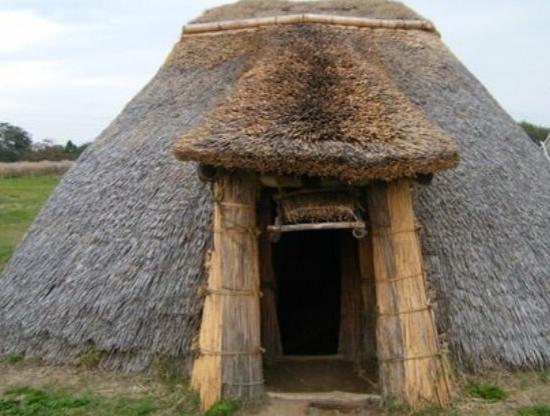
Motors and pestles were used at those times. Motors and pestles were used for grinding grains .people also used earthern pots for storing grains, rice ,lentils which are an important source of diet today .These earthen pots were also found in decorated forms.
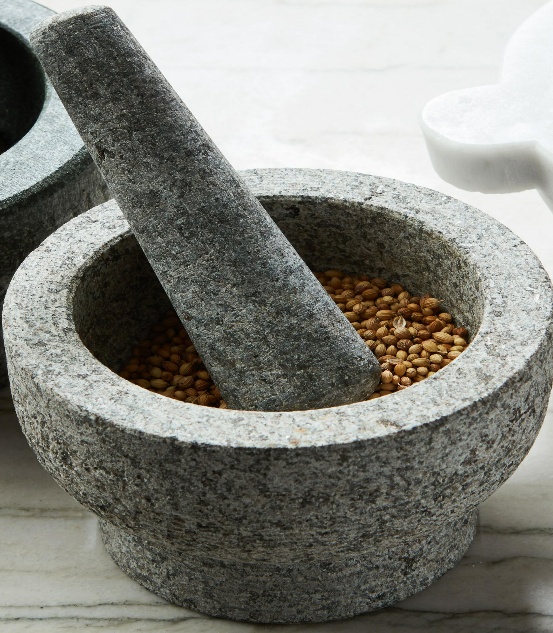
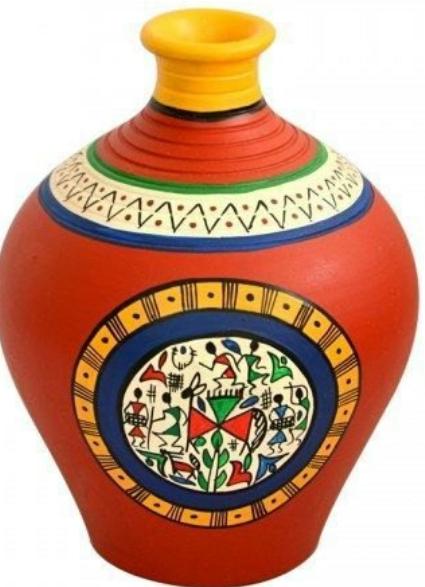
People started weaving clothes for themselves.They started going cotton and used it as material for making clothes .This is how the lives of people people changed from hunters and gatherers to farmers and herders to domesticators to weavers. In some places people lead the lives of hunters and gatherers for many years.
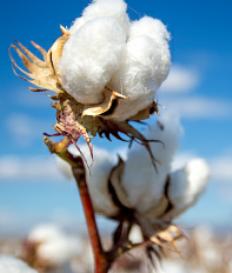
Beginning of a new way of life
BEGINNING OF A NEW WAY OF LIFE
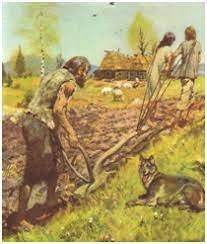
- The beginning of farming and herding led to a new way of life.
- From sowing seeds till the grain ripened, it needed a long span with the utmost care and attention.
- Now people had to stay in one place rather than move around as they did previously.
- They used grain as
- Seeds
- Food
- Gifts
- Stored for food
- People had to think of ways of storing grain.
- In large clay pots
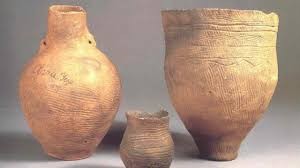
- In woven baskets
- dug pits into the ground

- Animals multiplied naturally. Now people started storing them also as
- They provide milk- an important source of food
- Provide meat,when required
- Storing grains and animals led to becoming farmers and herders.
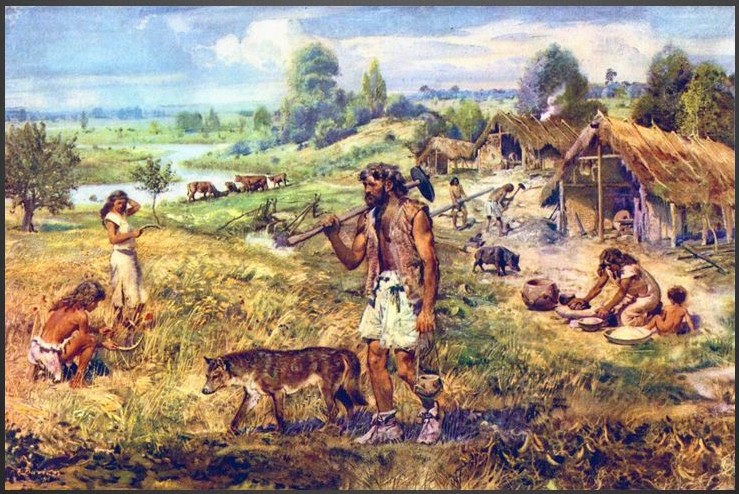
- Evidence of plants and animal bones clearly stated the sites of settlements of herders and farmers.
- One of the most striking finds includes remains of burnt grain.
- Scientists' study reveals that different crops were grown in different parts of the subcontinent.
Towards a settled life:
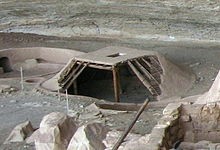
- Traces of huts or houses are found at some sites in Burzahom, present day Kashmir.
- People built pit - houses and dug into the ground with steps leading into them.
- These pit houses provided shelter in cold weather.
- Archaeologists found cooking hearths both inside and outside the huts.
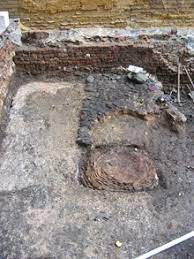
- Stone tools found from many sites are different from the early Palaeolithic tools that’s why they are called Neolithic tools.
- These tools were polished with fine cutting edges.
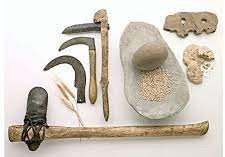
- Mortars and pestles are in use today even for grinding the grains.
- At the same time, Palaeolithic tools continued to be made and used.
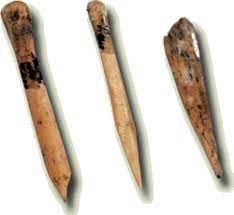
- Some tools were also made of bone.
- Many kinds of earthen pots have also been found-
- Sometimes decorated
- Used for storing things
- People began using pots for cooking food
- Rice
- Wheat
- Lentils
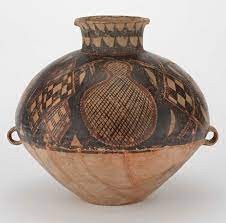
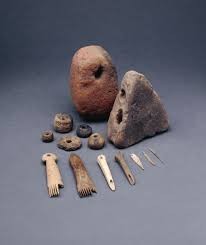
- They began weaving clothes with different kinds of materials, especially cotton
- But these changes in life could not be seen everywhere.
- In many areas, men and women still depended on hunting the animals and gathering food.
- So the pace of progress is seen differently in different places of the world.
Site study- Mehrgarh
Site Study Mehrgarh
The site of mehrgarh is considered to be one of the most fertile plain. It is located near Bolan pass. Bolan pass is considered to be one of the most important route that leads to Iran. It is one of the most oldest village known. It is in Mehrgarh that people learned to rear animals like sheep and goat and grew crops in grains like wheat and barley. Some bones were also found in mehrgarh .It was believed that those bones were those of goat and sheap ,dear and some wild animals.
The houses in the mehrgarh had 2 to 4 compartments. The houses in Mehrgarh were used for storage as well.
When people used to die in mehrgarh they were buried deep into the ground. They were paid respect and homage by their relatives. It was believed that life still exists after death. with this belief they buried some animals along with the body with the belief that the animal would serve them food in the next World.
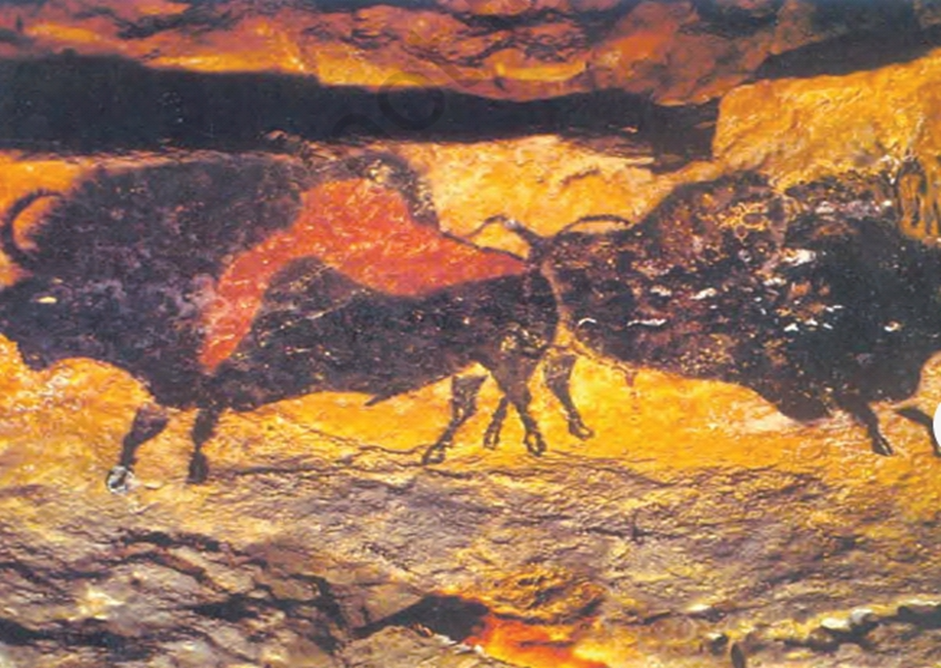
There were paintings drawn in the caves . The paintings were those of animals like reindeer, rhinoceros, cattle or any wild animals .These animals were painted in bright colors. The colors were made of minerals like charcoal or iron Ore.
The belief is such that these paintings must have been done on certain occasions or rituals. At the same time it is believed that these paintings were done at a ritual when hunters were going to prey.
Site study- Mehrgarh
Site study Mehrgarh
- Mehrgarh is one of the earliest known villages.
- At present in Balochistan
- It is one of the most important routes into Iran
- It is located in a fertile plain near the bolan pass.
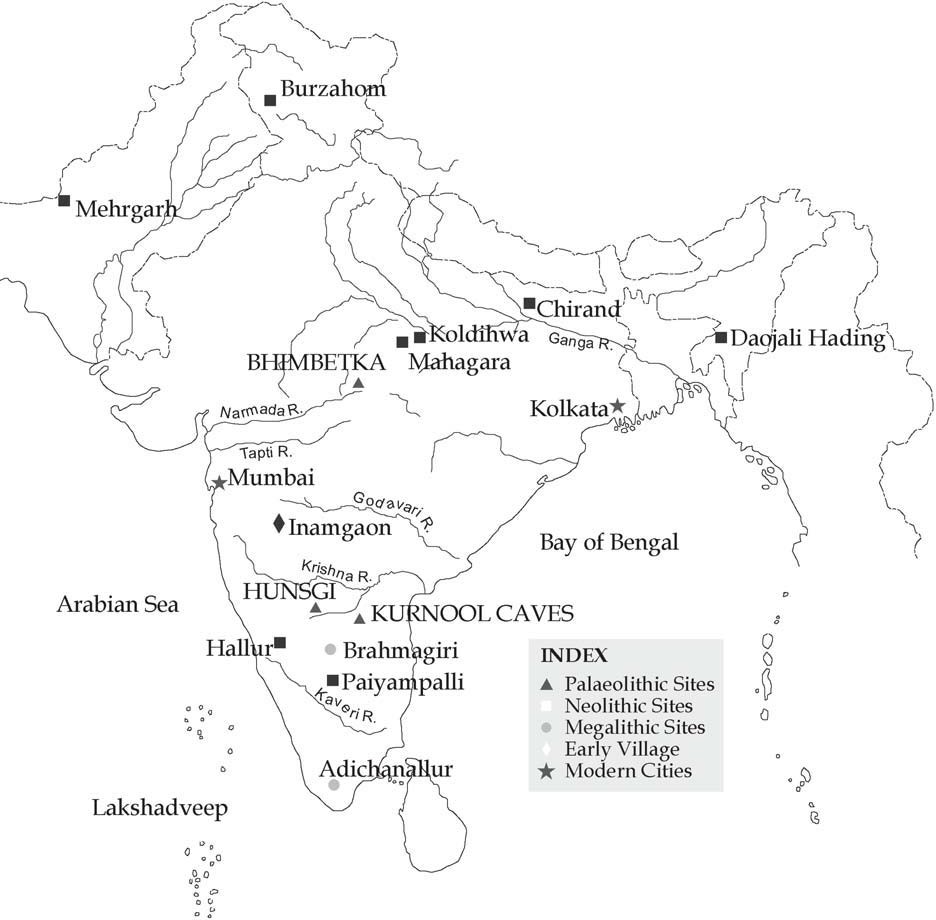
- it was the first place where people learned to grow Barley and wheat.
- Sheep and Goats rearing was started for the first time in this area.
Remains Found At this site :
- bones of sheep and goat
- Bones of wild animals such as the deer and pig
- remains of square or rectangular houses
- Each house has four or more compartments some of which may have been used for storage
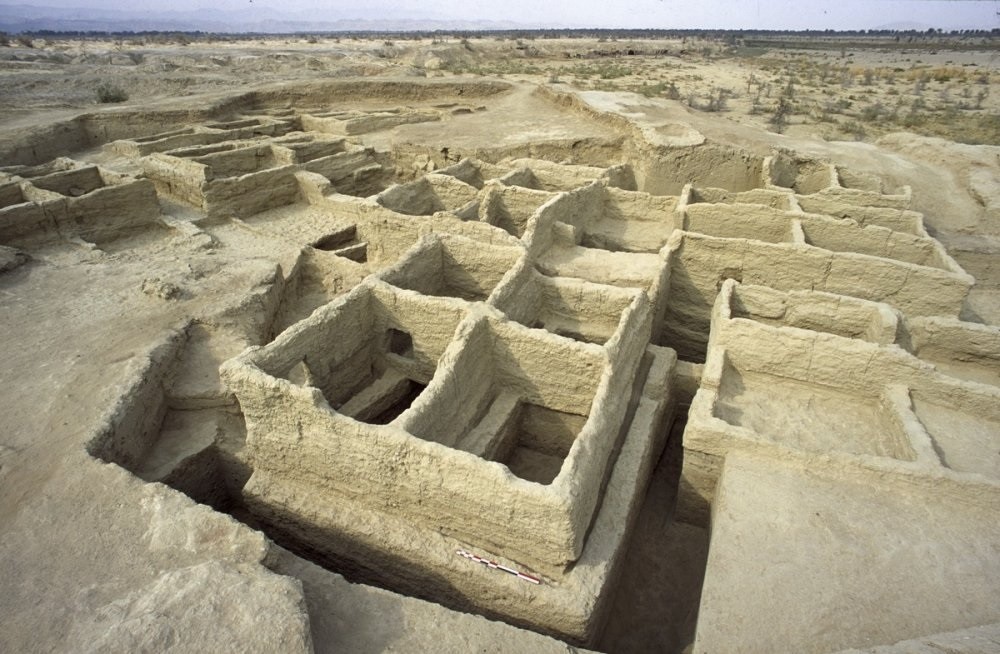
Burial arrangements:
- People believed life after death
- People pay respect to their relatives and friends when they die
- several burial sites have been found at Mehrgarh
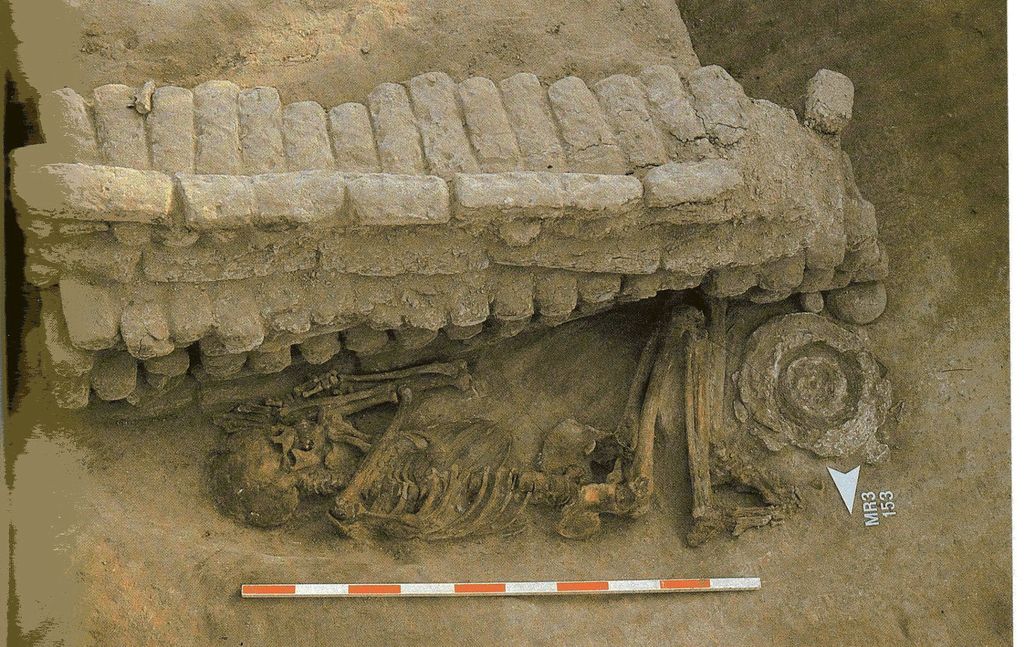
- In one site goats were kept to serve as food in the next world for the dead person

 Indira Gandhi Memorial High School
Indira Gandhi Memorial High School
